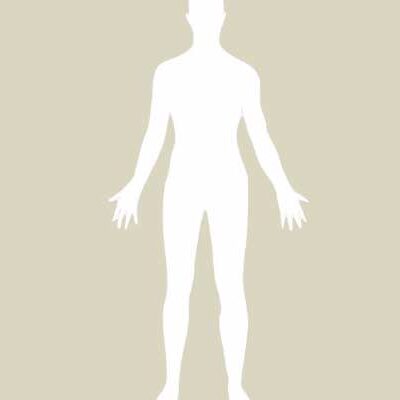Medical and Surgical Dermatology
Services
Procedural and Surgical Dermatology
Restore your Skin Health
A yearly skin check is recommended for everyone. More frequent monitoring may be necessary in patients that are at higher risk for skin cancer (light skin types, a history of sunburns, many moles or birth marks and or having a family member with a history of melanoma). Learn more
Acne is the most common skin condition, affecting over 40 million people in the U.S. Its cause is multifactorial and while it mostly affects teenagers and young adults, it can persist into adulthood and lead to significant physical and emotional distress. Learn more
These growths typically appear as light pink or pale gray scaly “bumps” on sun exposed areas of the skin. They can sometimes itch or feel “irritated”. If not treated they can continue to grow into hard horn-like protrusions and progress to develop into a skin cancer. Learn more
Skin cancer is the most common cancer diagnosed in humans. Luckily the most prevalent types of skin cancer (basal cell carcinoma and squamous cell carcinoma) are usually not aggressive, grow slowly and are completely curable when treated on time. Learn more
Hair loss is a common problem that can affect people at any age. It can be causes by stress, hormonal changes, genetic predisposition, medications or skin conditions, among others. Learn more
Scars appear after any type of injury to the skin. There are different types of scars and they vary from small symptom-free marks to large painful keloids. Learn more
Mohs surgery (named after its inventor Dr. Fred Mohs) is a minimally invasive procedure performed under local anesthesia and is used to remove skin cancers in cosmetically important locations. Learn more
Surgical removal of skin cancers or benign lesions can be accomplished with minor surgeries done using local anesthesia. These procedures usually require two layers of stitches. Learn more
“Moles” are collections of pigment cells (melanocytes) which can present as flat or raised growths on the skin. They can appear skin colored, light or dark brown depending on how deep the pigment cell clusters lie. Learn more

Plastic Surgery Repair of Cuts and Lacerations
Accidents happen. Minor clean cuts can easily be repaired with one or two layers of stitches. Dr. Boker has ample experience reconstructing skin lacerations and surgical defects after removals of skin cancer, ensuring the best possible cosmetic outcome.









